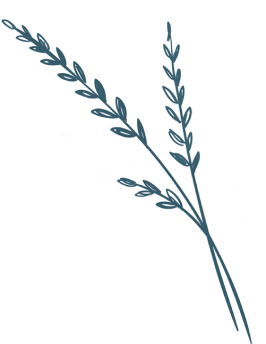History
History of the Western Wildlife Corridor


In 1996 we obtained our first major preserve through a donation of a 13.4 acre tract extending from the Delshire community in Delhi Township to Hillside Avenue in Cincinnati. This area known as the Delshire Preserve, has extensive old-growth forest and is a lush green paradise covered with wildflowers in the spring. Other smaller properties were acquired in the late 1990s and early 2000’s in Delhi Township, Cincinnati and the Village of Addyston .
The leaders of Western Wildlife Corridor at this point came to the realization that legally protecting land so that it couldn’t be developed was not enough. The vitality of land as a haven for plants and wildlife and as a source of enjoyment for people also depends on the diversity of species there. The biggest threat to this diversity is invasive plants. In the forests that we own and/ or manage, Amur Honeysuckle, Garlic Mustard and Winter Creeper are the most common of these invasive species. When these move into a property in large numbers, they shade out every other plant except the large trees, so that they cannot survive. Over time, since small saplings will not survive, the climax vegetation will consist only of invasive plants. We thus began an aggressive program to eliminate invasive plants in the forests we care for. Early efforts concentrated on the Delshire and Turkey Haven Preserves and resulted in the removal of almost all the invasive plants there.
Over 30 years later, we remain a mostly volunteer-run organization The habitat restoration efforts have expanded, restoring large areas of the forest into beautiful natural nature preserves and we have become a vital force for the protection of the beautiful forested hillsides in the Ohio River Valley.
